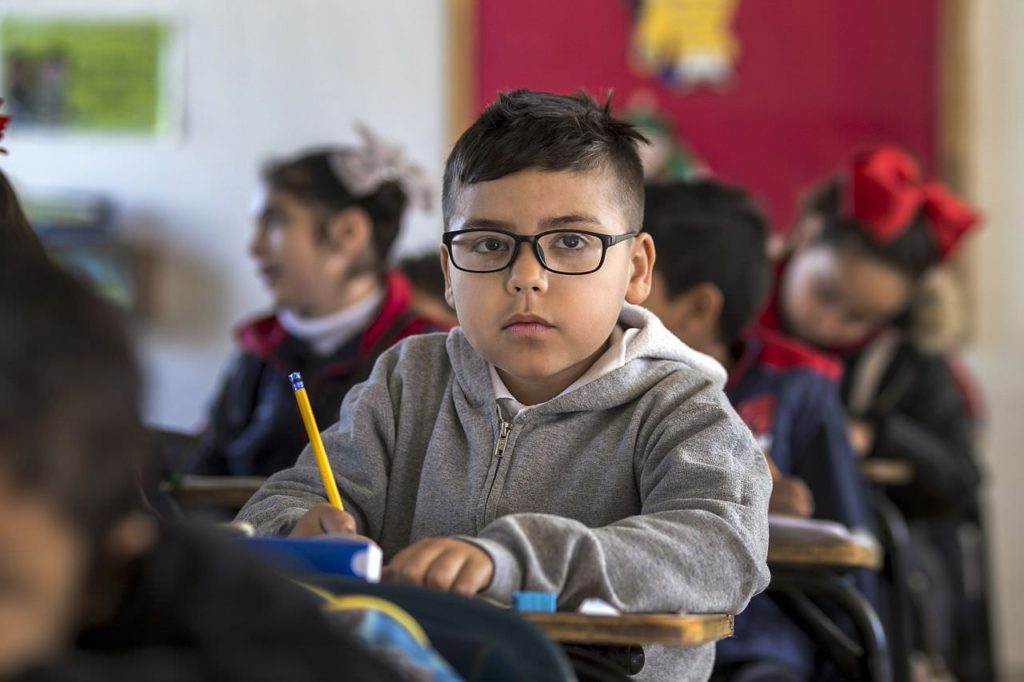
Most New Year resolutions fall by the wayside by mid-January. So next year, why not break the cycle of failure and replace resolutions with decisions? Let’s think about December 31st in a new light and celebrate it as #MakeUpYourMindDay.
To narrow the scope, this post focuses on decisions that demand due diligence before signing a contract or making a medical decision. Remember, failure to be systematic can be hazardous to both health and safety!
People of faith will always preface every decision with prayer.
Want to subscribe to receive blog updates sign up today!
“Don’t worry about anything; instead, pray about everything.
Philippians 4:6, New Living Testament
Tell God what you need, and thank him for all he has done.”
Homework is not just for kids; it’s a fundamental step in any big decision. For example, those looking to buy an accessible vehicle in which to load a wheelchair or scooter need to gather facts on the many options—a van or a car, a lift or a ramp, hand controls or pedal extensions, new or pre-owned? Homework involves an evaluation of physical abilities, financial resources, and businesses specializing in vehicle modifications.
It’s good to talk to people who have walked the same road you’re on. Disability support groups and social media are great resources for finding people ready to share their experience. Three private and moderated Facebook groups come to mind—Dwarfism, Dwarfism Surgeries & Pain Management, and Meg’s Support Group for People with Disabilities. In the case of a doctor recommending a specific medication or surgery, ask group members for their opinion on the doctor, hospital, and medical plan of action. Find out if they were helped or harmed.
“A wise man will hear and increase in learning,
Proverbs 1:5, New King James Version
And a man of understanding will acquire wise counsel,”
For complex and difficult decisions, consultation with experts is critical. For example, when dealing with a physical and/or mental health condition that precludes working, the expertise of doctors, representatives, and/or lawyers is needed to navigate Social Security benefit applications and, if necessary, appeals.
A risk/benefit analysis is imperative when making decisions about surgery and medication. Make a list of the pros and cons based on your own assessment of side effects, pain, and mobility; medical advice; manufacturer warnings in patient literature; testimonials from past patients; and the likely outcome if the recommended treatment is declined. Fear is a factor, but should not push us away from beneficial treatment.
Once you’re hovering over a particular decision, sleep on it until you have peace of mind. Finally, after you’ve made a decision, don’t question whether it was the right one. Trust the process of allowing God to lead you to the right decision.
“A man’s mind plans his way,
Proverbs 16:9, Revised Standard Version.
But the Lord directs his steps.”
Let’s make 2021 a time to make wise medical decisions for ourselves and be available to help those doing due diligence on their decisions.
For more of my writings, go to https://angelamuirvanetten.com where you can subscribe to my weekly blog and find several retail links to my book, “Pass Me Your Shoes: A Couple with Dwarfism Navigates Life’s Detours with Love and Faith.”



